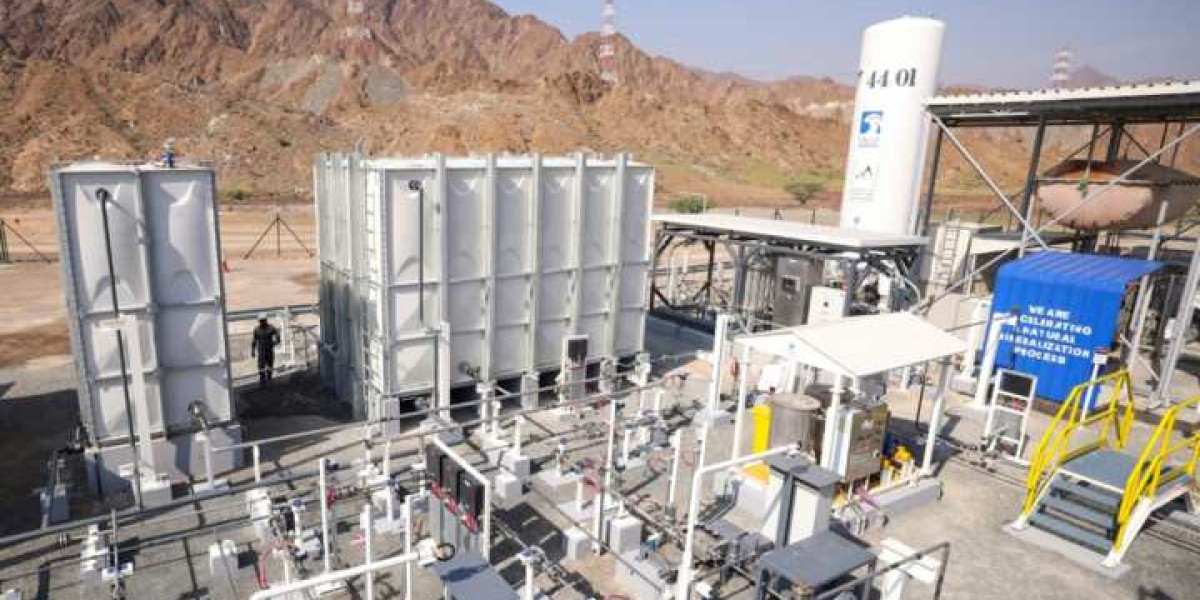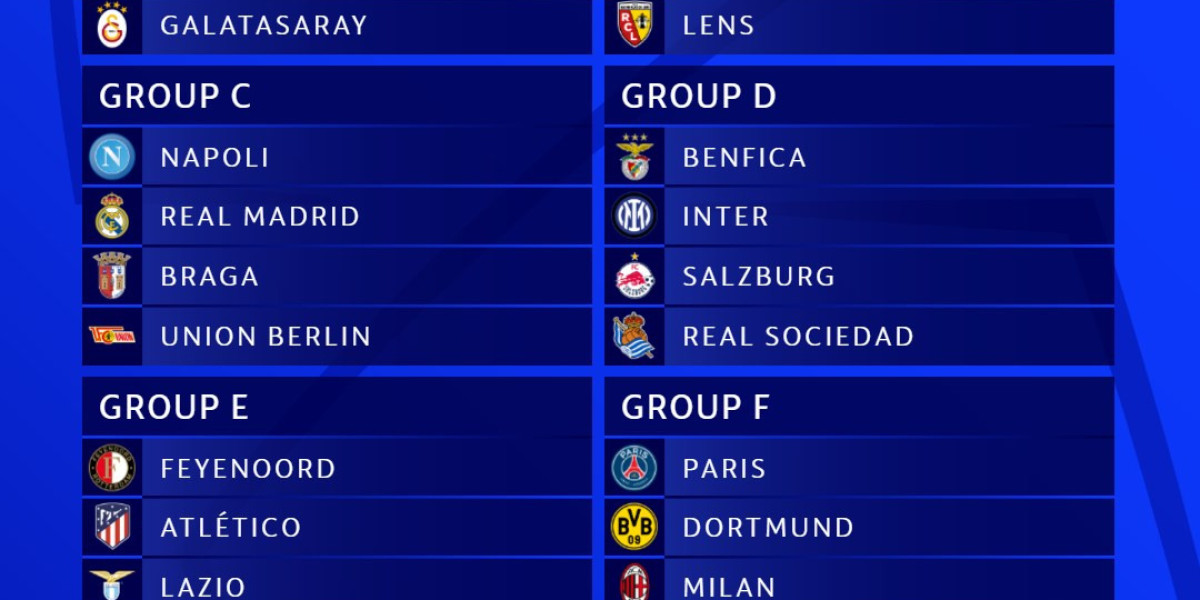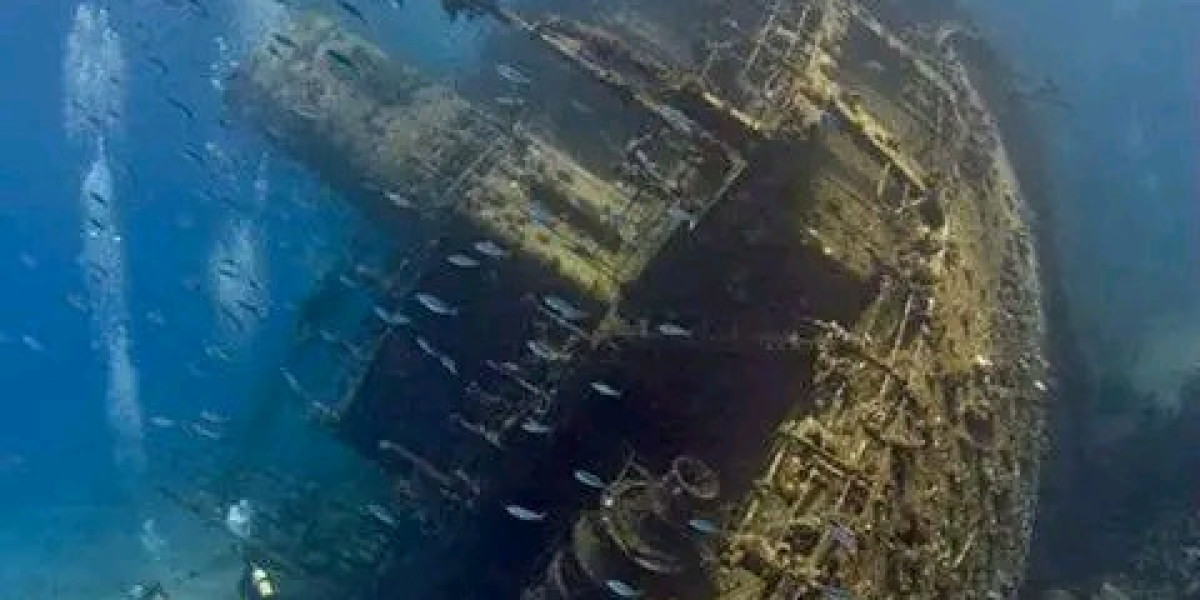In the remote mountains of the oil-rich United Arab Emirates (UAE), a newly established plant is set to tackle atmospheric CO2 emissions by storing carbon dioxide within rock formations. This initiative is part of contentious efforts to address emissions contributing to global warming while continuing to rely on fossil fuels.
The plant, powered by innovative technology developed by Omani start-up 44.01, will use solar energy to extract carbon dioxide from the air. This captured CO2 will then be dissolved in seawater and injected deep underground, where it will mineralize over several months. The project, situated on the Gulf of Oman, receives funding from ADNOC, the state oil giant. ADNOC's CEO Sultan Al Jaber, also the president of the UN's COP28 climate talks and chairman of Masdar, a renewable energy company, is involved in this venture. The initial injection of CO2 into the rocks is expected to coincide with the start of COP28 in nearby Dubai, where discussions on hydrocarbons will be a focal point between environmental activists and the oil industry.
ADNOC's chief technology officer, Sophie Hildebrand, mentioned the potential of the UAE's rock formations to store significant amounts of CO2, emphasizing ADNOC's commitment of $15 billion to decarbonization projects. However, specific investment figures for the Fujairah plant were not disclosed. Read More














